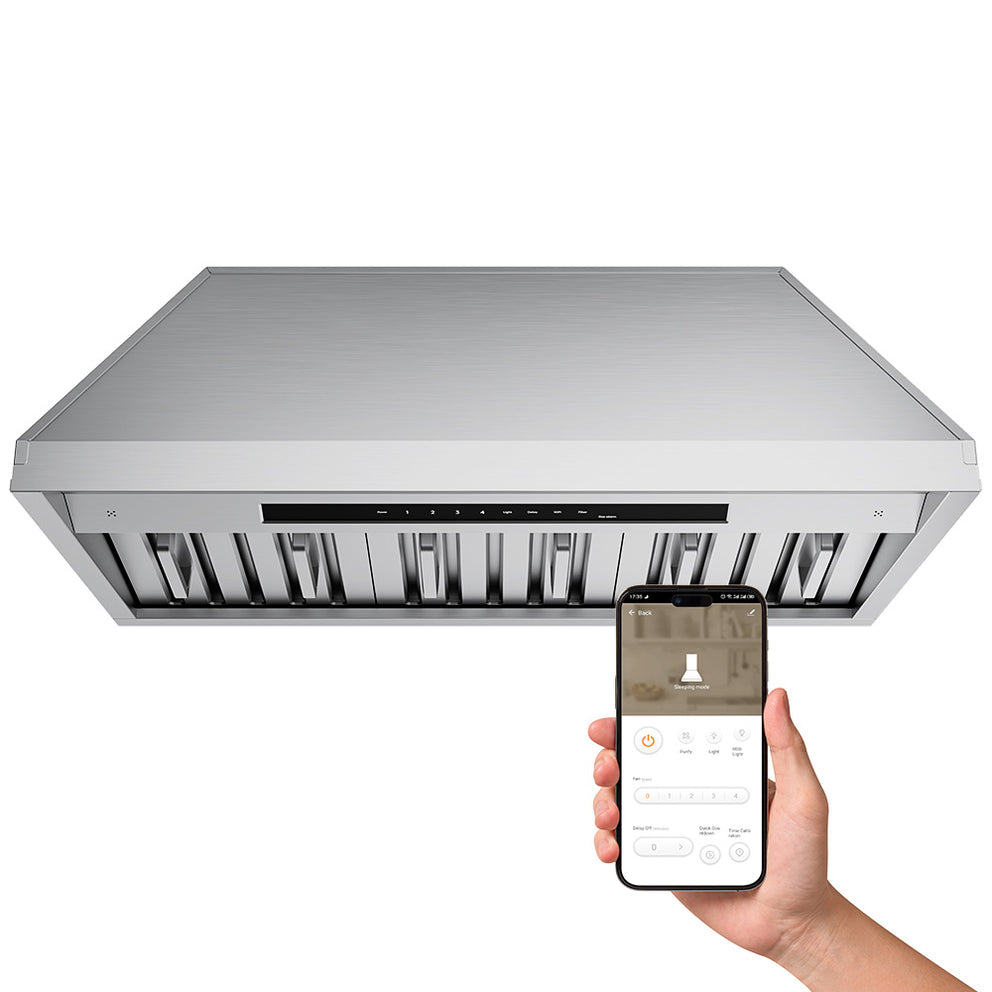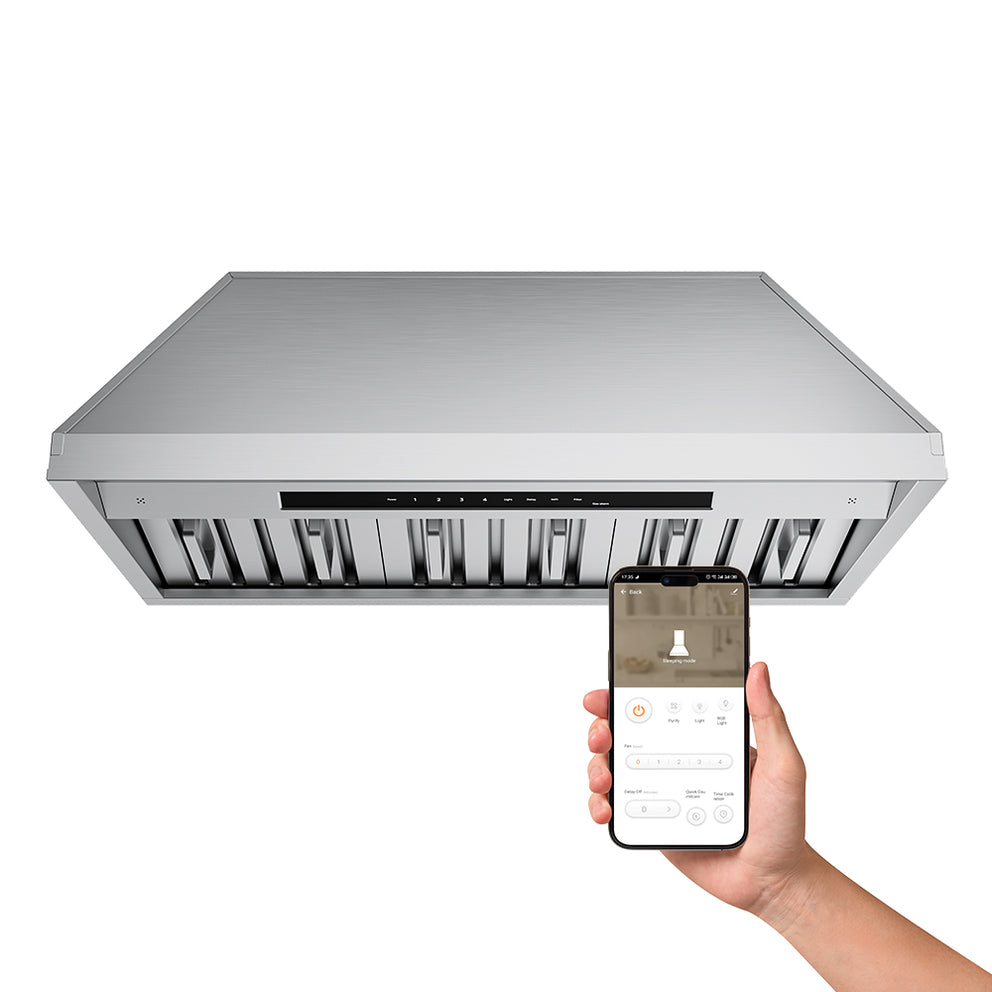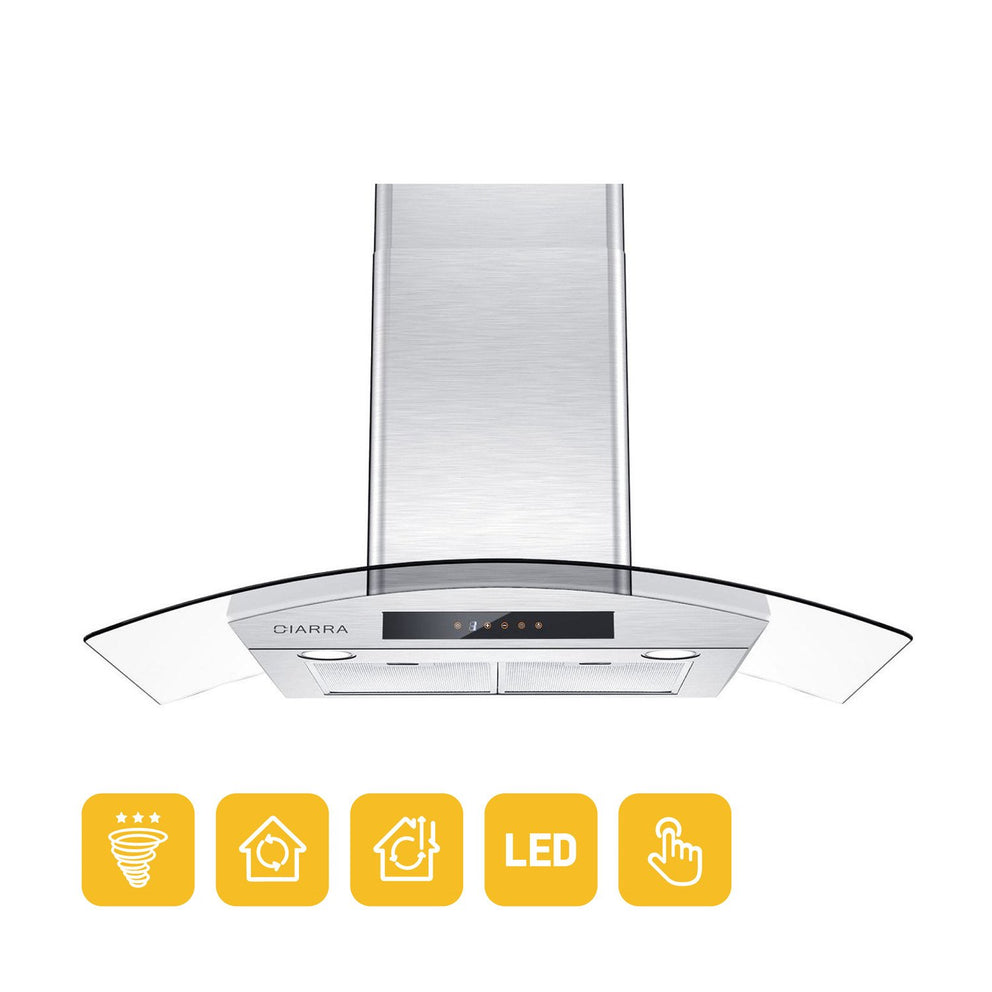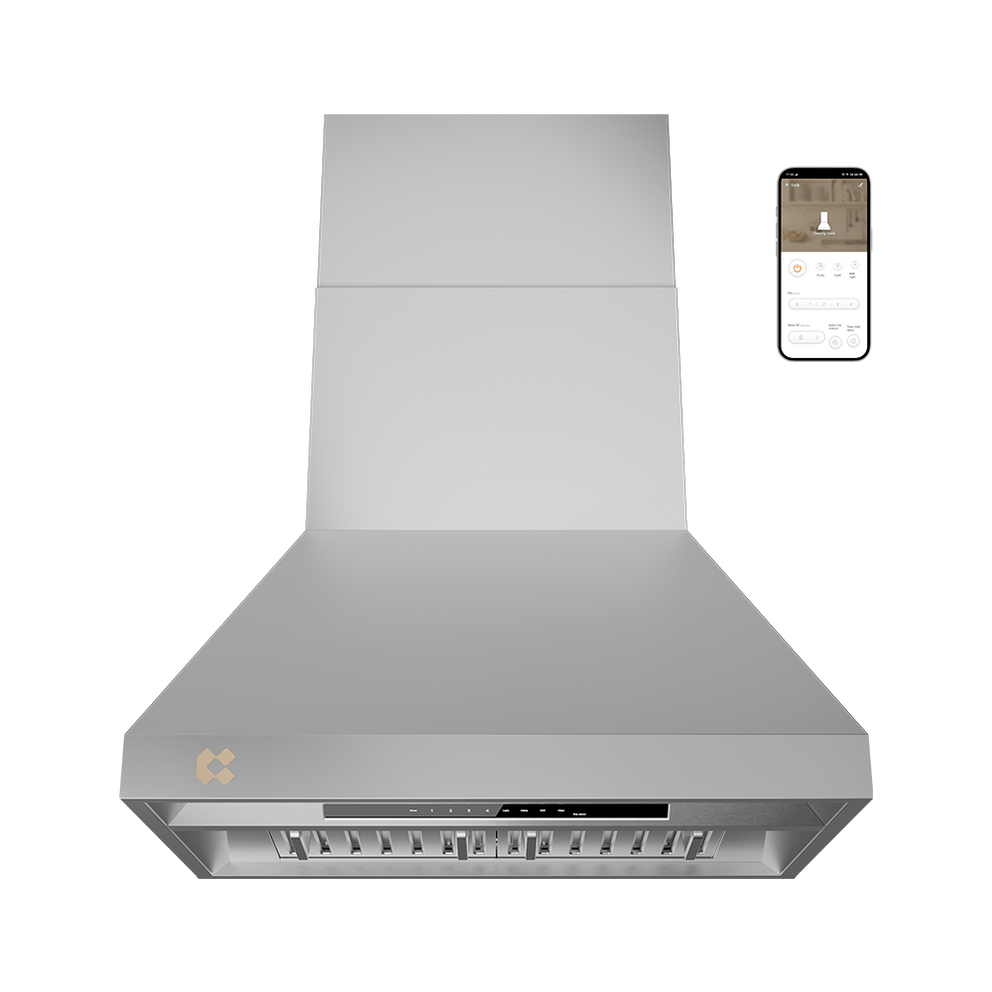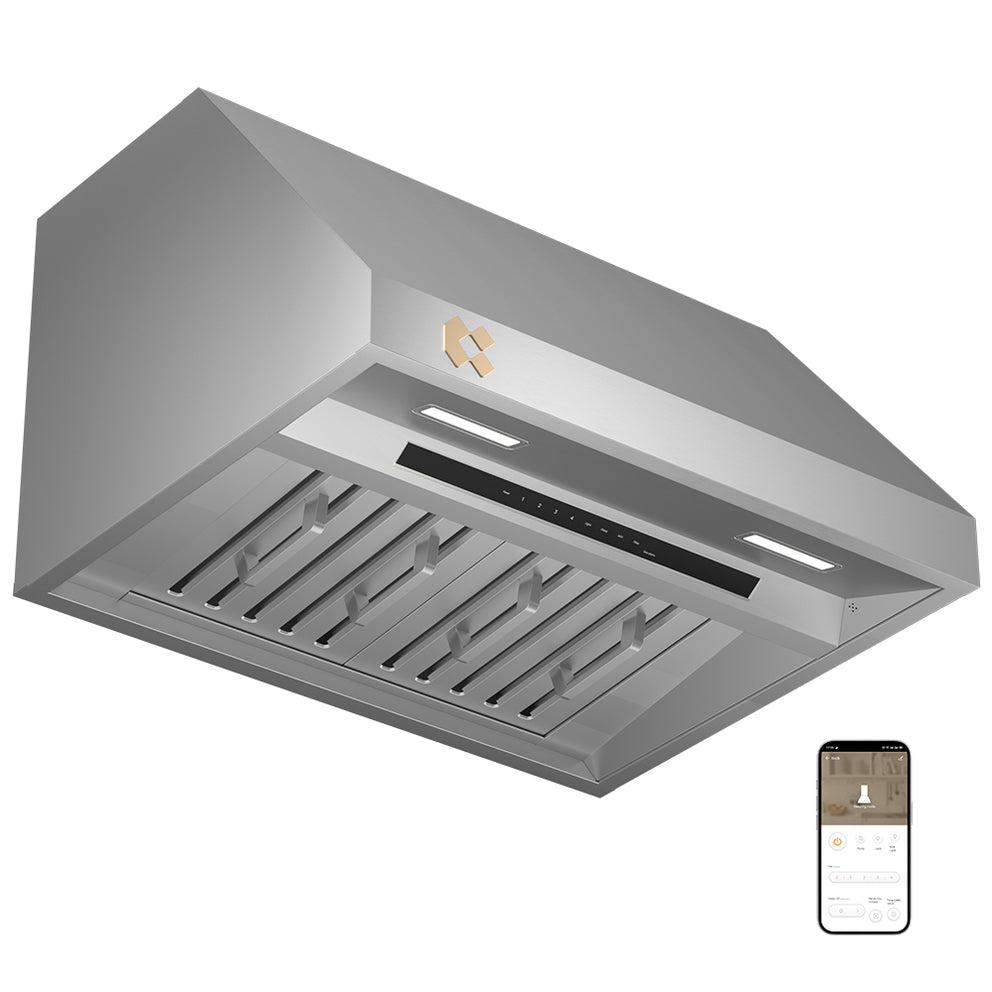When it comes to choosing stainless steel for your appliances, cookware, or kitchen fixtures, the numbers 304 and 316 often come up. But what do they really mean, and why should you care? Understanding the difference between 304 and 316 stainless steel can help you make the best choice for durability, corrosion resistance, and overall performance in your home.
304 vs 316: What Makes Them So Popular?
The enduring popularity of 304 and 316 stainless steel comes from their ability to balance strength, corrosion resistance, and clean, attractive surfaces—making them trusted choices for both everyday consumers and industrial manufacturers alike.
304 stainless steel, often referred to as standard “18/8” steel, is the most common stainless steel grade used across industries. Its popularity stems from its versatility—it is durable, easy to shape into various forms such as thin or thick plates, and maintains a clean, polished appearance. This makes it ideal for kitchen appliances, cookware, sinks, and even architectural applications where both performance and aesthetics matter.
316 stainless steel goes a step further with added molybdenum, enhancing its resistance to chemicals and salty or marine environments. This makes it a favorite for manufacturers creating products that face harsher conditions, including outdoor equipment, marine hardware, and chemical processing components.
What Are the Disadvantages of 316 Stainless Steel?
Higher Cost
Compared to 304 stainless steel, 316 is significantly more expensive. The added molybdenum that improves corrosion resistance also drives up the price, making it less cost-effective for standard kitchen appliances or indoor use.
More Difficult to Form and Work With
316 stainless steel is harder to shape, weld, or machine due to its higher alloy content. This can make manufacturing and custom projects more challenging and time-consuming.
Overkill for Everyday Use
For most household applications, the enhanced corrosion resistance of 316 isn’t necessary. Using 316 steel in a standard kitchen, where 304 steel is already highly durable, may be unnecessary and unnecessarily costly.
Limited Availability
Certain products made from 316 stainless steel can be harder to find, particularly consumer-grade kitchen items, because 304 is the industry standard.
How Do I Know if My SS is 304 or 316?
For most consumers, the easiest way to determine whether your stainless steel is 304 or 316 is by checking the product specifications, labels, or datasheets provided by the manufacturer. Simply looking at the metal won’t tell you the difference—two stainless steel sheets can appear identical, even if their polish or texture is the same.
For applications where accuracy matters, such as industrial, marine, or high-corrosion environments, professional testing is recommended. Methods like X-ray fluorescence (XRF) or laboratory analysis can definitively identify the stainless steel grade.
Ciarra Assurance:
You can have peace of mind knowing that all Ciarra professional range hoods are made from 100% 304 stainless steel. This ensures excellent corrosion resistance, durability, and a clean, polished appearance suitable for any kitchen environment.
Will 304 Stainless Steel Rust in Water?
304 stainless steel is highly resistant to rust and corrosion, thanks to its high chromium and nickel content. In normal household conditions, including exposure to water, it generally does not rust.
However, prolonged exposure to harsh environments—such as salty or chlorinated water—can eventually cause surface rust over time. For everyday kitchen use, sinks, cookware, or range hoods, 304 stainless steel is more than sufficient to prevent rust and maintain a clean, polished look.
304 vs 316 Stainless Steel
304 and 316 stainless steel are both highly valued for their durability, corrosion resistance, and clean, polished appearance. 304 stainless steel, often considered the standard “18/8” grade, offers excellent resistance to everyday heat, moisture, and wear, making it ideal for kitchen appliances, sinks, cookware, and general household use. Its mechanical properties provide good tensile strength, hardness, and ease of fabrication, which allows it to be formed and welded into a variety of shapes with minimal effort. In contrast, 316 stainless steel includes added molybdenum, which enhances its resistance to chemical corrosion, saltwater, and other harsh environments. While it maintains similar mechanical strength and heat tolerance as 304, it is slightly harder to form and weld, and comes at a higher cost. This makes 316 stainless steel a preferred choice for outdoor equipment, marine applications, chemical processing, and situations where extreme corrosion resistance is required.
Quick Comparison Table: 304 vs 316 Stainless Steel
| Feature | 304 Stainless Steel | 316 Stainless Steel |
|---|---|---|
| Corrosion Resistance | Good (suitable for indoor kitchens) | Excellent (suitable for marine or chemical exposure) |
| Heat Resistance | Up to ~870°C (1600°F) | Up to ~870°C (1600°F) |
| Fabrication | Easy to form and weld | Harder to form and weld |
| Cost | Moderate | Higher |
| Common Uses | Kitchen appliances, sinks, cookware | Outdoor equipment, marine, chemical applications |
Related: Choosing 304 Stainless Steel? Here's What You Need to Know
CIARRA 304 Stainless Steel Range Hood: Durable, Powerful, and Smart for Every Kitchen
If you’re looking for a professional range hood that blends durability, performance, and intelligent features, the CIARRA 304 Stainless Steel Range Hood is an ideal choice. Designed for American home kitchens, small restaurants, and even food trucks, this hood delivers commercial-level performance while maintaining a sleek, modern appearance.

Durable 304 Stainless Steel Construction
Every CIARRA Pro range hood is built from premium 304 stainless steel, a high-quality, food-safe material celebrated for its corrosion and rust resistance. This ensures long-lasting durability even under heat, grease, and moisture. Its smooth surface is easy to clean, maintaining a polished, professional finish that complements any kitchen style. Unlike lower-grade stainless steels, 304 stainless steel won’t rust or discolor over time, making it perfect for busy cooking environments.
950 CFM Suction Power – Built for Heavy-Duty Cooking
Equipped with a powerful 950 CFM motor, the CIARRA Pro range hood handles smoke, odors, and airborne grease efficiently. Whether you’re searing, frying, boiling, or grilling, it’s ideal for large open kitchens, high-BTU gas stovetops, or compact commercial setups like food trucks. Even at full power, noise levels remain around 60–65 dB, keeping conversations and kitchen activity comfortable.
Advanced Safety & Smart Features
The CIARRA Pro range hood stands out with its built-in intelligence and safety technology:
- Gas Leak Detection Alarm – Instantly alerts you to gas leaks, adding a vital layer of safety.
- Filter Cleaning Reminder – Ensures optimal performance by notifying you when maintenance is needed.
- Voice & WiFi Control – Compatible with Alexa, Google Home, or the Smart Life App for hands-free and remote operation.
Multiple Sizes & Installation Options
Available in 30-inch and 36-inch sizes, CIARRA Pro range hoods can be installed as:
Wall-mounted – Perfect for open kitchens or feature walls.
Under-cabinet – A space-saving solution for standard layouts.
No matter your kitchen configuration, there’s a Pro model designed to fit your space and your cooking needs.
Perfect For:
Families with gas or high-powered cooktops
Small food businesses and mobile kitchens
Homeowners seeking a stylish, functional upgrade
Anyone wanting premium materials combined with smart features
Why Choose CIARRA Pro Range Hood?
With 304 stainless steel durability, commercial-level suction, and advanced safety technology, the CIARRA Pro Series isn’t just a range hood—it’s a complete kitchen upgrade. Safe, strong, and smart, it delivers lasting performance and peace of mind.

You may also be interested in:
-
5 Ways to Clean Stainless Steel Range Hood
- 2025 Best Range Hood with Gas Leakage Detectors for Gas Stove
Explore CIARRA® Professional Range Hoods
Clearing the air so you can sear, simmer, and flambé is a must for any adventurous cook. That’s why CIARRA® professional range hoods are built to fit any kitchen space, offering five different types of high-performance hoods. Breathe new life into your kitchen with a professional range hood designed to meet your cooking needs and elevate your culinary experience.


